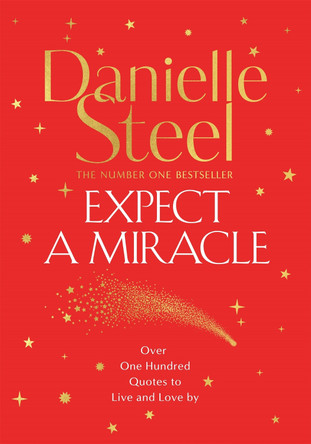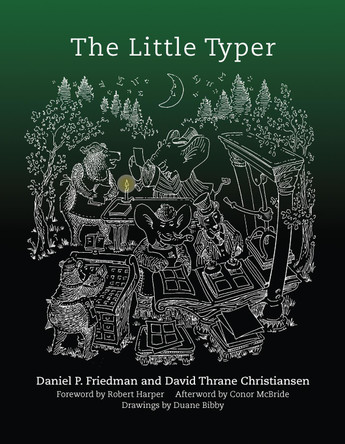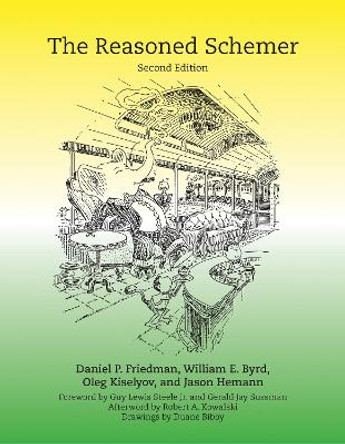Description
For several decades, the orthodox economics approach to understanding choice under risk has been to assume that each individual person maximizes some sort of personal utility function defined over purchasing power. This new volume contests that even the best wisdom from the orthodox theory has not yet been able to do better than supposedly naive models that use rules of thumb, or that focus on the consumption possibilities and economic constraints facing the individual.
The authors assert this by first revisiting the origins of orthodox theory. They then recount decades of failed attempts to obtain meaningful empirical validation or calibration of the theory. Estimated shapes and parameters of the "curves" have varied erratically from domain to domain (e.g., individual choice versus aggregate behavior), from context to context, from one elicitation mechanism to another, and even from the same individual at different time periods, sometimes just minutes apart.
This book proposes the return to a simpler sort of scientific theory of risky choice, one that focuses not upon unobservable curves but rather upon the potentially observable opportunities and constraints facing decision makers. It argues that such an opportunities-based model offers superior possibilities for scientific advancement. At the very least, linear utility - in the presence of constraints - is a useful bar for the "curved" alternatives to clear.
About the Author
Daniel Friedman is Distinguished Professor of Economics, University of California, Santa Cruz, USA R. Mark Isaac is John and Hallie Quinn Eminent Scholar at Florida State University, USA Duncan James is Associate Professor (Economics) Fordham University, USA Shyam Sunder is James L. Frank Professor of Economics and Management at the Yale School of Management.
Book Information
ISBN 9781138096462
Author Daniel Friedman
Format Paperback
Page Count 152
Imprint Routledge
Publisher Taylor & Francis Ltd
Weight(grams) 280g









